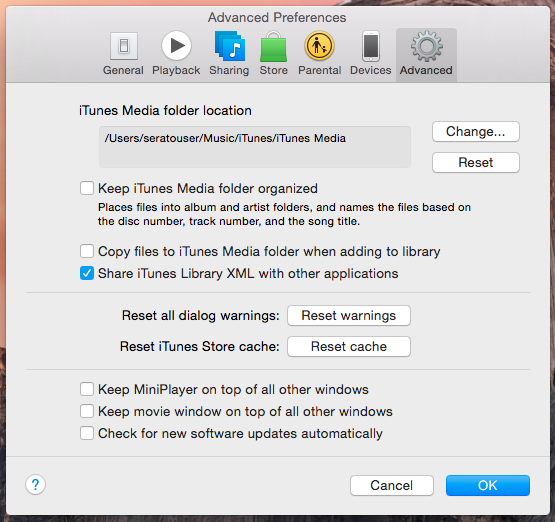

Don’t forget to reboot your device if malware was found. Please, let us know all details that you think we should know about your problem. If you failed to fix your error using Reimage, reach our support team for help. Right-click on the Windows Update service, and select Start from the list of options.Since he met Ugnius Kiguolis in 2003, they both launched several projects that spread awareness about cybercrimes, malware, and other computer-related problems.Select “do this for all current items” and click continues to grant the permissions. Windows may need administrator privileges to delete certain files.Hit the Delete-key on the computer keyboard.The easiest way to do that is to use Ctrl-A while the folder is active. Remove the checkmark from “Hide protected operating system files (Recommended)”.Select “Show hidden files, folders and drives”.Go to View, and scroll down until you find “Hidden files and folders” listed.Do so with a click on File > Change folder and search options.If you navigate to the folder manually, you may need to enable the showing of hidden files first. Go to C:WINDOWSSoftwareDistributionDownload using Explorer or any third-party file browser.Right-click on the service Windows Update and select Stop from the menu.Click on the name to revert the order so that you don’t need to scroll as much. The services listing is sorted alphabetically by default. Right-click on the result, and select “run as administrator” from the context menu.This works on all supported versions of Windows, including Windows 7, Windows 8.1 and Windows 10. It is easy to delete all cached update files. This is the manual task you can do to delete downloaded Windows update files. Once that is done, you will see zero bytes under each and every temporary file type.

Depending on how many temporary files there are, it can take a couple of minutes to clear temporary files in Windows 10. To delete temporary files, simply select all the checkboxes in the list and click on the 'Remove files' button. So if you want to make sure your private data gets deleted for good in Windows, here's how to erase it. How to securely delete files in Windows 10 When you delete a file, it isn't really gone. Now on the Disk Cleanup tab, select all options again, then click OK to delete all Windows 10 update files and temporary files. When you have selected all of them, click Clean up system files. After you choose Delete, Windows tosses a box in your face, asking whether you’re sure. Make sure that you select the correct folder before you choose Delete. The Delete option deletes entire folders, including any files or folders stuffed inside those folders.


 0 kommentar(er)
0 kommentar(er)
